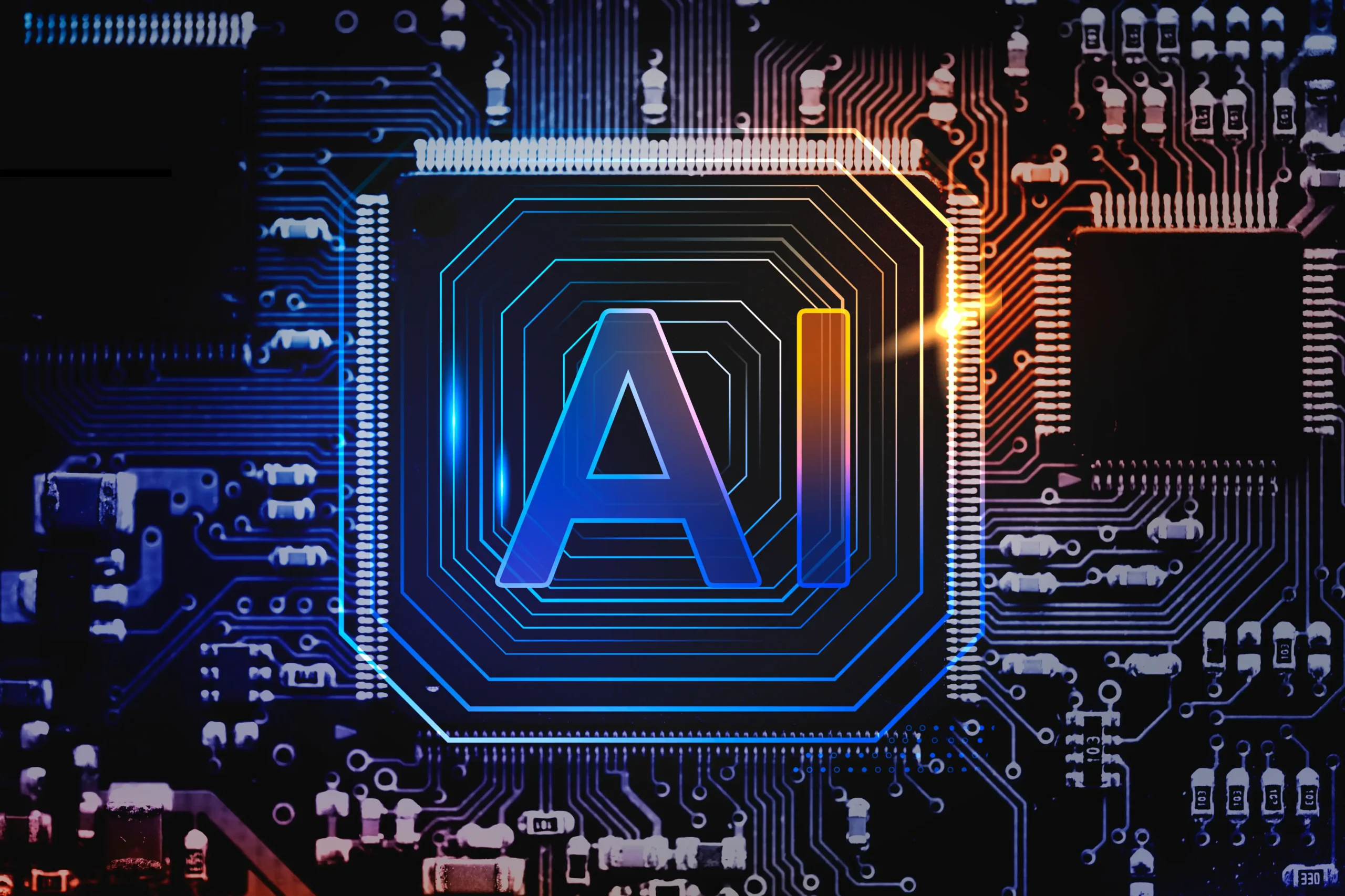A plethora of new health and fitness applications have hit the market in recent years, thanks to the widespread availability of mobile devices and the increased focus on personal wellness. These apps have the potential to revolutionize the way we think about health and wellness, making it easier than ever to track our fitness goals, monitor our nutrition, and manage chronic health conditions.
Post Covid-19, the competition is fierce between traditional gyms and workout apps. The advent of information technology has revolutionized the fitness sector. According to research issued by the World Economic Forum in September 2020, the increasing trend of online fitness training is the key driver of the 46.0% increase in the global market for fitness and health app downloads. The swelling consciousness of the significance of physical and mental health is propelling this market.
Do you know
With a CAGR of 17.6% between 2023 and 2030, the global fitness app market size is forecasted to expand from its 2022 valuation of USD 1.3 billion.
Biggest fitness and wellness technology trends in 2023
The health and fitness industry is booming, with predictions that the fitness tracker device market will be worth nearly $100 billion by 2025. The demand for mobile devices is extremely competitive, and because of the restrictions placed on them by Covid-19, a new industry has formed for fitness technology that can be used in the comfort of one’s own home. Thus, without further ado, here are the forecast for the year ahead regarding this sector’s most significant technological developments.
1. Personalization
One of the biggest trends in health and fitness apps is personalization. Personalization can take many forms, from personalized workout and meal plans to apps that use machine learning algorithms to analyze user data and provide customized recommendations. With so many mobile apps available, users seek solutions tailored to their unique needs and preferences.
MyFitnessPal, Nike Training Club, and Burn.Fit are popular personalized fitness app.
Personalized health and fitness apps will become increasingly popular in the coming years as users seek solutions customized to their individual needs. These apps will also become more sophisticated, incorporating new technologies such as wearables and biometric sensors to provide more accurate data and insights.

2. Integration with Wearables
Wearable technology has been a game-changer in the health and fitness industry, providing users with real-time data on their physical activity, heart rate, and sleep patterns. Health and fitness apps are now starting to integrate with wearables, creating a seamless user experience that allows users to track their progress and monitor their health in real-time.
Do you know
According to industry experts, the value of the market for health devices enabled by the Internet of Things is expected to reach $267 billion by 2023.
The latest wearable gadgets will be able to assess a wide range of physiological data, including:
- Blood sugar
- Pulse oxygen
- Respiration rates
- Blood pressure
- Temperature
You can use this technology to keep tabs on your health and fitness as you work toward certain goals, and the data you collect may also be useful in diagnosing and treating disease.
Do you know
According to American College of Sports Medicine (ACSM) research, fitness apps rated thirteenth among 2019 fitness trends.
We expect to see greater integration between health and fitness apps and wearables. This will include new wearables, such as smart clothing and smart jewelry (rings), earbuds, and skin patches that can track various biometric data points and give users more detailed insights into their health and wellness.
Guess you know that Soltec Health’s flagship product is the Soltec360 smartwatch, which offers blood pressure monitoring, sleep tracking, and real-time exercise tracking. This watch also includes advanced analytics and AI algorithms that provide users with personalized health insights and recommendations.

3. Artificial Intelligence and Machine Learning
AI and ML rapidly transform many industries, and health and fitness are no exception. AI-powered fitness apps may now deliver recommendations customized for each user based on physical and health factors and fitness goals. Suggestions can include workout kind, level of difficulty, number of reps, length of workout, and more.
Gymfitty and ArtiFit, two AI personal trainers, feature individualized smart workouts. The apps track your performance and customize your training in real-time to fit your specific demands.
In the future, we expect to see health and fitness apps that use AI and machine learning to create even more personalized and accurate recommendations. This might include apps that can predict the likelihood of certain health conditions based on user data, analyze user behavior, and provide tailored advice on achieving specific fitness goals.
Companies in this burgeoning industry examine users’ DNA in search of inherited variations in metabolic rate, muscle structure, oxygen use, and muscle mass gain and then prescribe specific dietary and physical activity changes to help individuals achieve their health goals. DNA analysis can even help those genetically predisposed to avoid exercise-related injuries.
4. Virtual Coaching and Support
Getting started with a new fitness routine or diet can be challenging for many people. Health and fitness apps are beginning to address this issue by providing virtual coaching and support, helping users to stay motivated and on track.
VR and AR fitness apps will continue to provide immersive experiences for consumers who want to spice up their fitness regimens, work out from home, and gamify their workout routines.
With the help of AI, incorporating virtual and augmented reality into your workout program can:
- Make virtual instructors available.
- Provide feedback in real-time on your workouts and general health.
- Gamify your routines and add healthy competition to make working out more fun.
- Provide cross-training chances and other wellness alternatives (like meditation) to help you round out your routines and prevent injury.
- Help you select personalized workouts and achieve fitness goals.
In 2023, there will be even more virtual fitness apps available. This might include apps using chatbots and other artificial intelligence forms to provide personalized coaching and support.
5. Integration with Telemedicine
Telemedicine is already making significant inroads in the healthcare sector, enabling patients to get treatment from their doctors via video conversations and other forms of virtual contact. Health and fitness apps are starting to integrate with telemedicine, providing users with even more comprehensive and integrated healthcare solutions.
We expect to see greater integration between health and fitness apps and telemedicine. This might include apps that allow users to schedule virtual consultations with healthcare professionals or apps that use machine learning algorithms to analyze user data and identify potential health issues that require medical attention.

6. Smart Home Gyms
Gyms temporarily closing due to the pandemic led to a surge in demand for expensive home exercise equipment. In 2023, the market will be even more successful, and the related technology will be even more advanced and smart.
Built-in cameras, touch-screen displays, online classes, personal trainers, and motion sensors are smart fitness gear and equipment that make your house feel like a fully-equipped gym.
Artificial intelligence in the fitness Mirror offers strength, yoga, and cardio classes of different lengths and fitness levels and even includes one-on-one personal training. Tonal’s digital weight machine is a tiny home gym that eliminates the need for dumbbells and provides guided workouts. The apparatus may even detect if the weight is too easy or challenging and alter the resistance accordingly.
For many, finding time to exercise is a huge concern, and many of these home fitness systems provide time-optimized solutions that deliver the most effective exercises in the quickest possible period.
Explore the trends and benefits of a home gym setup.
7. Mental Wellness
Several businesses are using AI to help with the mental health crisis today. Here are a few wellness apps.
- By analyzing conversation logs, employee responses, and the results of clinical evaluations, the AI behind Ginger’s chat app for businesses may provide personalized recommendations to help employees.
- Bark is a parental monitoring tool that keeps tabs on a child’s smartphone to detect warning indications of dangers, including cyberbullying, depression, suicide ideation, and sexting that may be taking place there. Anxiety, phobias, and PTSD are just some disorders that can benefit from virtual reality treatments. Children with attention deficit hyperactivity disorder (ADHD) can use virtual reality (VR) to practice focusing in a classroom setting. Virtual reality (VR) technology could one day treat mental health problems, including depression, anxiety, and PTSD.
As technology improves, new approaches to treating mental illness will likely emerge in 2023.
Health and fitness apps have already transformed how we think about health and wellness, making tracking our fitness goals, monitoring our nutrition, and managing chronic health conditions easier.
Given the fitness industry’s ever-evolving technology, most individuals use smartphones instead of gyms and fitness clubs to boost their usual routine workouts. Accessing fitness platforms via smartphones helps users save money on personal training fees and expensive fitness club/gym training, hence contributing to the market’s growth.
If you’re looking for a software development company to help create a unique and user-friendly fitness or wellness app, Performix is the ideal partner. With our expertise in mobile app development and a proven track record in designing effective health apps, we can help bring your ideas to life and quickly scale up your business.







